 With the holidays coming up, it can be easy to get caught up in the busyness of it all. From Thanksgiving to Christmas, we are bombarded with festive meals, holiday parties, sweet treats, and family gatherings that simply interrupt our normal routine. The holiday season is one of the most difficult times to stay motivated to be healthy. Not to mention the fact that it is several degrees cooler and I would rather hibernate than go out to the gym. Plus, many of us travel to visit family and friends and we are just not close to our gym.
With the holidays coming up, it can be easy to get caught up in the busyness of it all. From Thanksgiving to Christmas, we are bombarded with festive meals, holiday parties, sweet treats, and family gatherings that simply interrupt our normal routine. The holiday season is one of the most difficult times to stay motivated to be healthy. Not to mention the fact that it is several degrees cooler and I would rather hibernate than go out to the gym. Plus, many of us travel to visit family and friends and we are just not close to our gym.
I know that I personally struggle with all of these things, especially because the food around the holiday time is absolutely my favorite. To really get myself into the right mindset, I follow these five tips to make sure I can keep my health and fitness at the level I want it to be at.
1. Maintain the right mindset.
Staying motivated won’t be possible unless you start out with the right mindset. Go into the holiday season determined and dedicated. Do not make excuses when it comes to working out. Make sure that it is really a priority for you and something that is attainable.
2. Make a schedule.
Making a plan and workout schedule ahead of time will make it a lot more difficult to make excuses when the time comes. If you are prepared, you are more likely to get it done. Take a look at your schedule and write down the times that you will be able to get in your workout session.
3. Make it a family activity.
If you are struggling to find the time to balance working out and also spending time with your family, make getting exercise a family activity. For example, my family goes out and walks together, takes fun exercise classes together, and even runs fun holiday-themed 5Ks together. Not only are we working out, but we are making memories as well.
4. Switch up your normal workout.
You can add new exercises to keep it new and exciting. You are less likely to get bored with something that you are working on improving. You can also include more HIIT workouts that will help you achieve a lot in a short amount of time.
5. Know that you don’t always need a gym.
During the holidays, you are more than likely going to be traveling a lot and may not be by a gym. Doing body-weight exercises or using at-home items to lift can be a useful temporary solution when you are away. Try some of these exercises and workouts.
***
Even though it's the season of giving, be sure to not give yourself a hard time. Some days a workout just won’t happen, and you may find yourself consuming more calories. We have to remember to be gracious to our minds and our bodies. Being too strict on yourself can cause you to burn out and even create unhealthy habits. Make sure you understand your balance so that you can live your best life.
Happy Holidays and Happy Fitness!
This blog was written by Emily Lesich, NIFS Health Fitness Specialist. To learn more about the NIFS bloggers, click here.


 While having a New Year’s Resolution to “lose more weight” isn’t a bad thing, it’s not easy. And depending on how much you want to lose and in what time frame, it’s not always realistic. To benefit your overall health without focusing on your weight, try setting (and sticking to) some of the following nutrition-related resolutions going into 2023.
While having a New Year’s Resolution to “lose more weight” isn’t a bad thing, it’s not easy. And depending on how much you want to lose and in what time frame, it’s not always realistic. To benefit your overall health without focusing on your weight, try setting (and sticking to) some of the following nutrition-related resolutions going into 2023.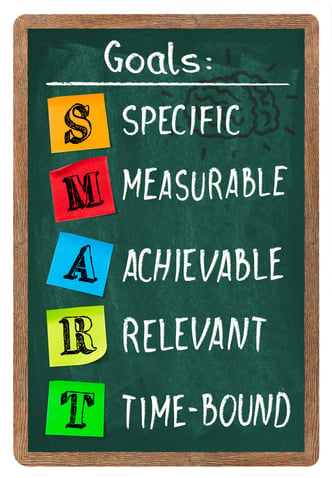 Think about some top goals you have. Maybe your top goal is to
Think about some top goals you have. Maybe your top goal is to 

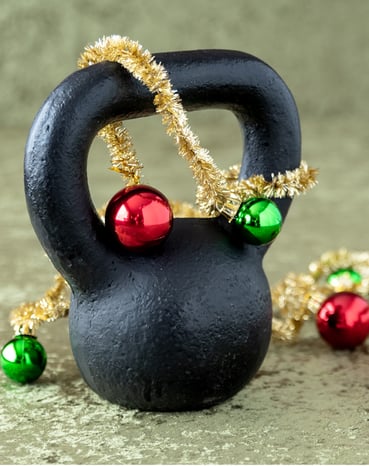 I don’t know about you, but often during the holidays it just seems easy to blow off your daily workout. You have done well up to this point, staying committed and getting yourself into the gym or out for a run. But with the dark evenings, busy work schedule, and possibly some travel, it tends to be the first thing to take off the list. It’s important for your body to take a break, but if you need some tips on how to keep yourself going, keep reading!
I don’t know about you, but often during the holidays it just seems easy to blow off your daily workout. You have done well up to this point, staying committed and getting yourself into the gym or out for a run. But with the dark evenings, busy work schedule, and possibly some travel, it tends to be the first thing to take off the list. It’s important for your body to take a break, but if you need some tips on how to keep yourself going, keep reading! If your looking for a new challenge in the new year consider registering for the
If your looking for a new challenge in the new year consider registering for the 
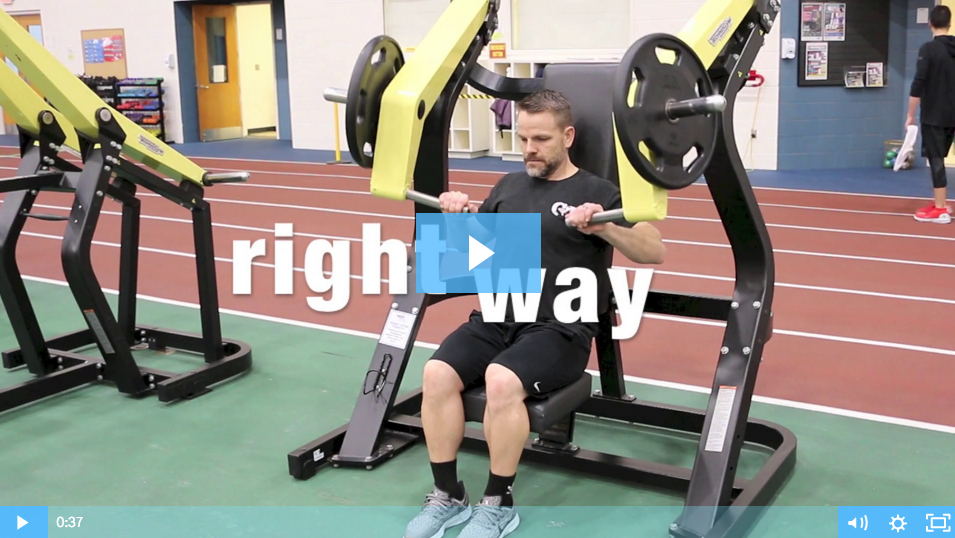
 Every March, the American Academy of Nutrition and Dietetics celebrates
Every March, the American Academy of Nutrition and Dietetics celebrates 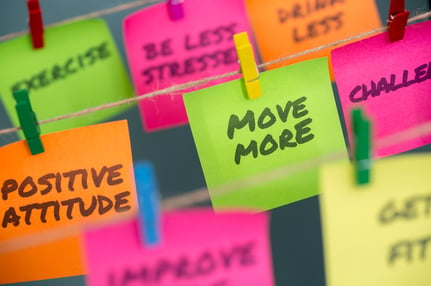 Where did this year go? Whether it was the best year of your life, or you’re looking forward to a fresh start in the new year, you may likely have some health and fitness goals at the top of your list of resolutions. How do you make sure they aren’t just a pipe dream? Let’s find out!
Where did this year go? Whether it was the best year of your life, or you’re looking forward to a fresh start in the new year, you may likely have some health and fitness goals at the top of your list of resolutions. How do you make sure they aren’t just a pipe dream? Let’s find out!
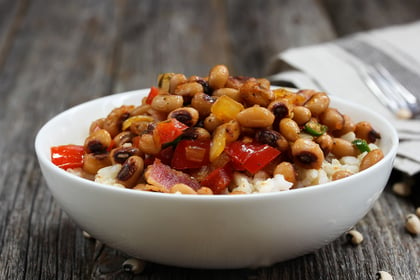 Every year on New Year’s Day my husband’s grandma makes cabbage. She says it’s good luck. I had never heard of this tradition, and then someone else told me they eat black-eyed peas for luck, also. I decided to look into it and there are actually quite a few foods that people eat every year on New Year’s Day hoping that the next year will be prosperous and lucky for them—all because of a meal they consumed on the holiday!
Every year on New Year’s Day my husband’s grandma makes cabbage. She says it’s good luck. I had never heard of this tradition, and then someone else told me they eat black-eyed peas for luck, also. I decided to look into it and there are actually quite a few foods that people eat every year on New Year’s Day hoping that the next year will be prosperous and lucky for them—all because of a meal they consumed on the holiday! Slow Cooker Pork and Sauerkraut with Apples
Slow Cooker Pork and Sauerkraut with Apples The holidays technically started on
The holidays technically started on